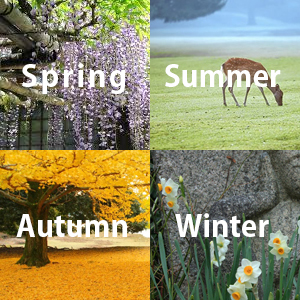Todaiji Temple
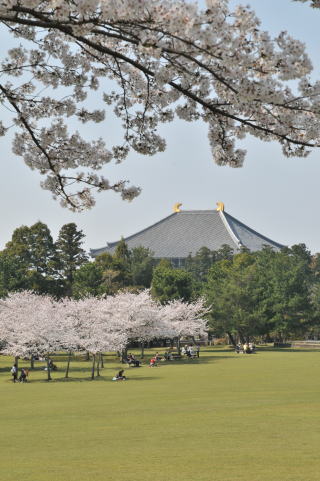
| Estimated travel time | 1.5~2hours |
|---|---|
| Genre | Temple |
| Last entering time | 30mins before the closing time [Nov.-Mar.]17:00 [Apr.-Oct.]17:30 |
Todaiji Temple (East Great Temple) is one of Japan’s most famous temples and is designated as UNESCO World Heritage Site. The temple was founded by Emperor Shomu in 752. The temple is widely known for the Great Buddha, the biggest Buddha image in Japan. The Daibutsuden Hall, the home of the Great Buddha, is the largest wooden building in the world.
Kofukuji Temple
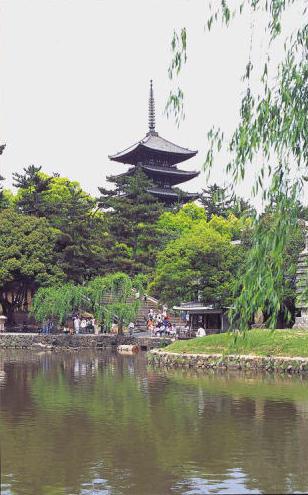
| Estimated travel time | 30minutes~1hour |
|---|---|
| Genre | Temple |
| Last entering time | 16:45 |
The original Kohfukuji Temple was founded in 669 by Fujiwara clan, the most powerful aristocratic family of the period. When Nara became the first capital of Japan in 710, the temple was moved to the present site. Today the temple is UNESCO World Heritage Site and the Five- story Pagoda is a symbol of Nara. The Treasure House exhibits the temple’s valuable art collection such as Ashura (one of the most popular Buddha statues) and Thousand- handed Kan’non statue.
Nara Park
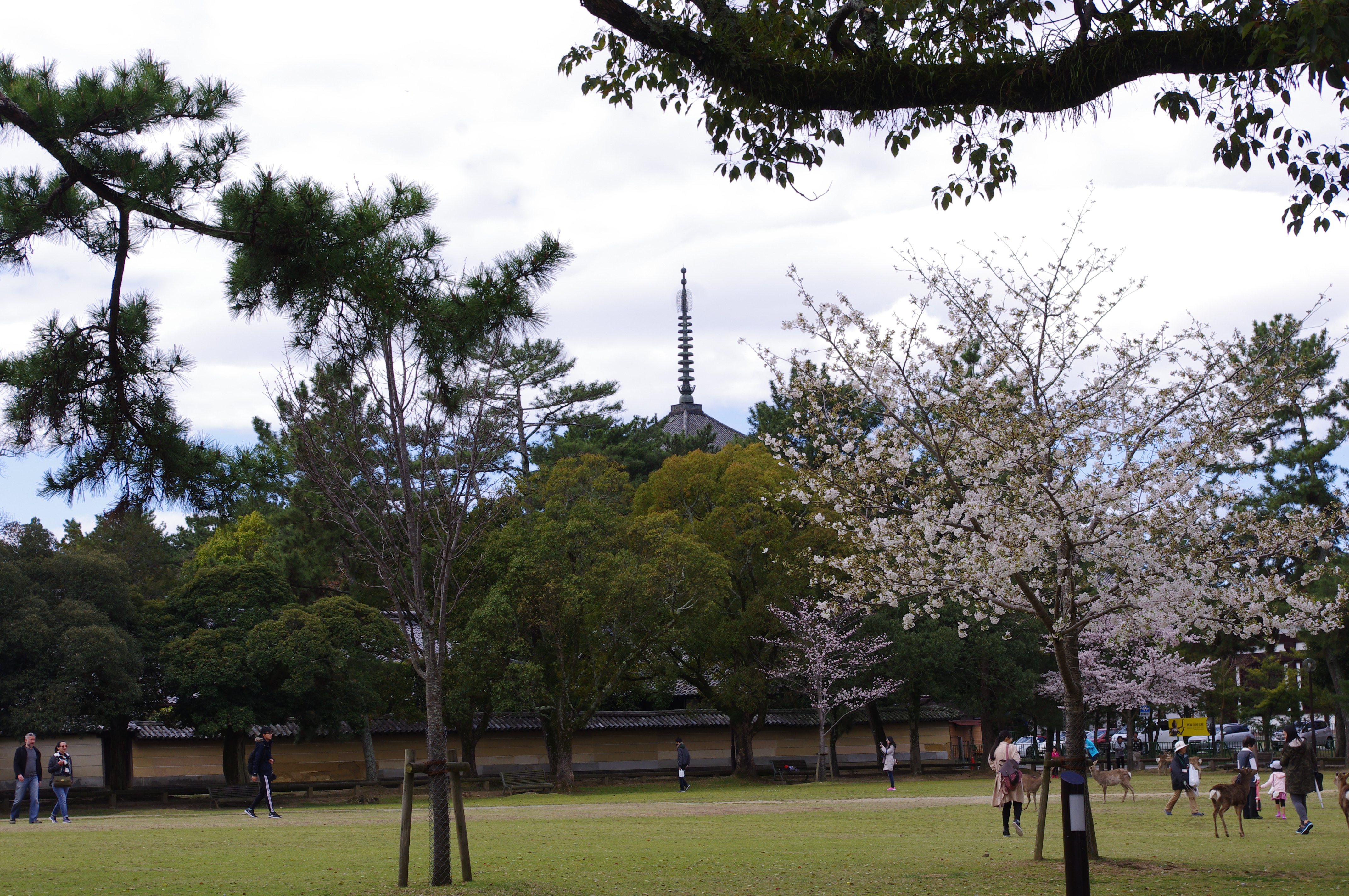
| Estimated travel time | 1~2hours |
|---|---|
| Genre | Deer park |
The Park is located at the east area of Nara-city, and close to the Kasuga Taisha Shrine and the Todaiji Temple. It used to be a part of the Kohfukuji Temple. Many deer are gathering on the glass in the park. You can enjoy a variety of landscapes like cherry blossoms in spring, green leaves in summer, red leaves in autumn and snow in winter. At the nights of February and August, you can see a fantastic carpet of candles in the middle of the park.
Kasuga Taisha Shrine
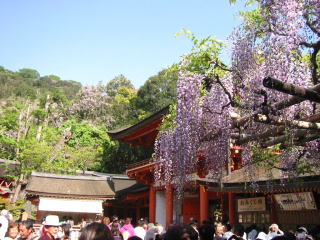
| Estimated travel time | 1~2hours |
|---|---|
| Genre | Shinto Shrine |
| Last entering time | 30 minutes before the closing time [Apr.-Sep.]18:00 [Oct.-Mar.]17:00 |
It is a Shinto shrine famous for its thousands of stone and bronze lanterns. It was founded by Fujiwara clan in 768 to protect the Heijokyo capital. The shrine is located at the foot of a sacred mountain, Mt. Mikasa. The wisteria bloom beautifully in May. The shrine was designated as UNESCO World Heritage Site in 1998.
Gangoji Temple
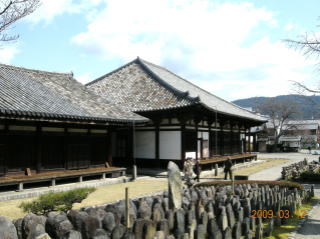
| Estimated travel time | 0.5~1hours |
|---|---|
| Genre | Temple |
| Last entering time | 16:30 |
The temple was originally founded in Asuka in 596 and moved to this site in 718. Main image of the temple is a picture of Buddhist Paradise called Chiko Mandala. Some roof tiles on the Gokurakubo and Zenshitsu Hall were made in the 6th century and still used even now. The temple was designated as UNESCO World Heritage Site in 1998
Naramachi Town
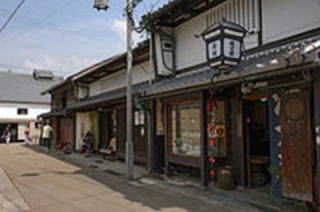
| Estimated travel time | 1~2hours |
|---|---|
| Genre | Traditional merchant houses |
Naramachi Town is the former merchant district located in the old territory of the Gangoji Temple. There are many traditional merchant houses called Machiya. The Koshi-no-Ie (lattice house) is open to the public. There are also shops, cafes, restaurants and small museums in the area. Japanese sake breweries are popular for sake tasting. The Naramachi has become a new tourist spot in Nara.
Isuien Japanese Garden
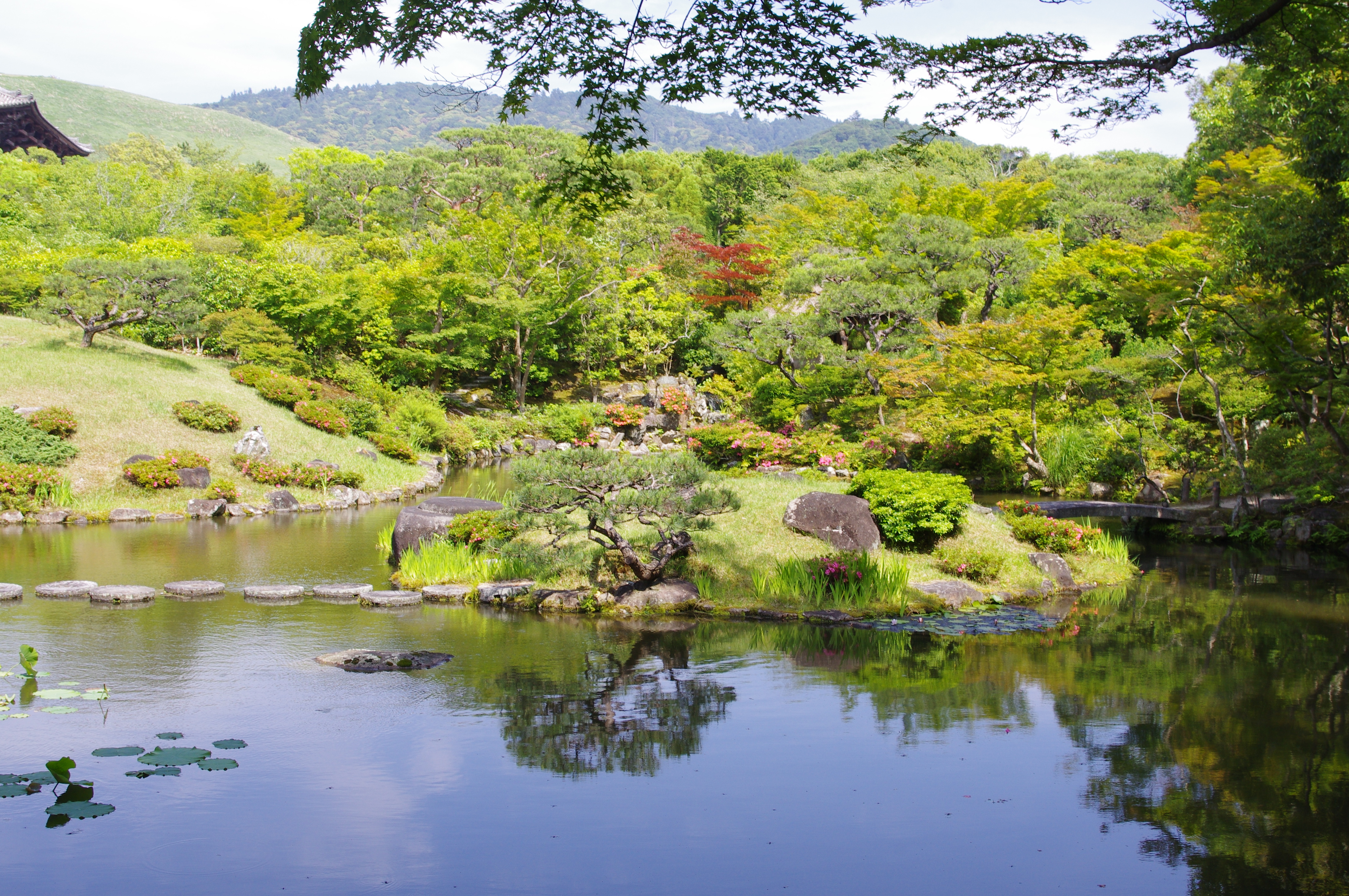
| Estimated travel time | 30minutes~1hour |
|---|---|
| Genre | Japanese Garden |
| Last entering time | 16:00 |
The garden is one of the foremost Japanese gardens in Nara and was registered as a scenic site by the state. It consists of two kinds of garden, the Front Garden (Strolling around pond style garden) and the Back Garden (Borrowed landscape style garden). You can enjoy ponds filled with water, flowers of four seasons and background mountains in the garden.
Yoshikien Japanese Garden
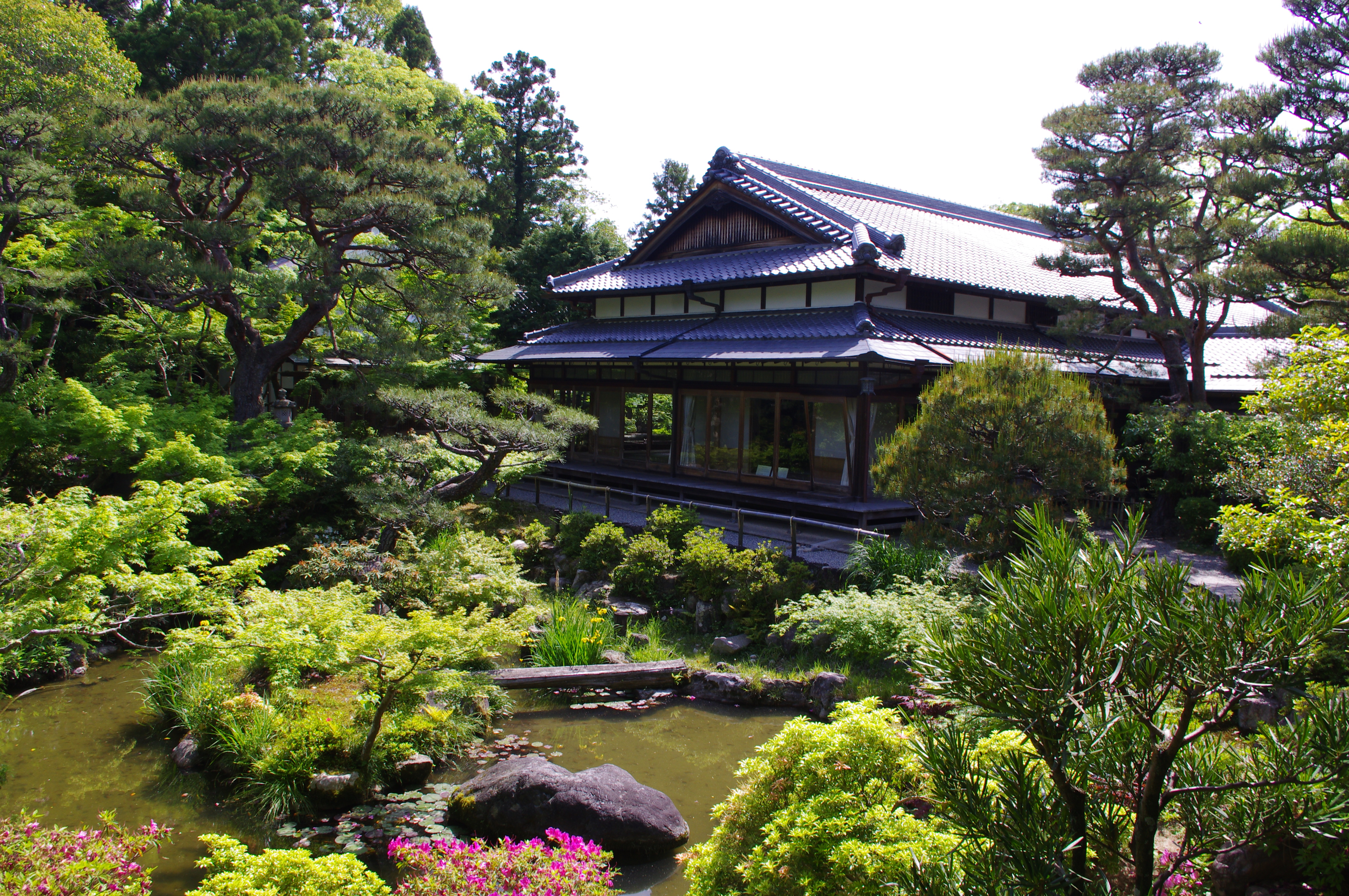
| Estimated travel time | 30minutes~1hour |
|---|---|
| Genre | Japanese Garden |
| Last entering time | 16:30 |
The garden is a Japanese garden owned by the Nara prefecture and open to the public. It is a peaceful garden surrounded by trees. You can enjoy strolling in three kinds of garden, the Pond Garden, the Moss Garden and the Tea Flower Garden. The admission fee is free for foreigners. (Please show your passport.)
Yakushiji Temple
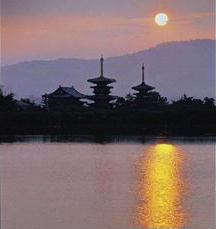
| Estimated travel time | 1~2hours |
|---|---|
| Genre | Temple |
| Last entering time | 16:30 |
The temple was originally founded in the 7th century and moved to this site in the 8th century. The East Pagoda is the only original building which survived many fires. The Yakushi Triad in the Kondo (Main Hall) is a master piece of Japanese Buddhist art as well as the Sho Kan’non in the Toindo Hall. It was designated as UNESCO World Heritage Site in 1998.
Toshodaiji Temple

| Estimated travel time | 1~2hours |
|---|---|
| Genre | Temple |
| Last entering time | 16:30 |
The temple was founded in 759 by a Chinese priest Ganjin. A peaceful atmosphere of the temple charms many people. The Golden Hall is an excellent 8th century architecture and enshrines three great Buddha statues, the Rushana Buddha, the Thousand-handed Kan’non and the Yakushi Healing Buddha. The Lecture Hall is the only existing building relocated from the Heijo Palace.
Horyuji Temple
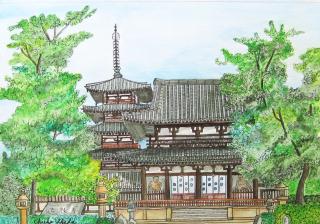
| Estimated travel time | 2hours~ |
|---|---|
| Genre | Temple |
| Closing time | [2/22~11/3]17:00,[11/4~2/21]16:30 |
The temple is located about 16km south-west of Nara-city. It was originally founded by the Prince Shotoku in 607, but burned down by fire and rebuilt in the beginning of the 8th century. It is famous for the oldest wooden buildings in the world. The temple has a lot of national treasures and was designated as the first UNESCO World Heritage Site of Japan in 1993.
Shin-Yakushiji Temple

| Estimated travel time | 0.5~1hour |
|---|---|
| Genre | Temple |
| Last entering time | One hour before closing time 17:00 |
The temple was founded by the Empress Komyo in 747. Almost all the original buildings were destroyed by lightnings, storms and so on. The present Main Hall is the only original building to survive (national treasure). The main image, the Healing Buddha, and eleven of the Twelve Divine Generals are designated as national treasures. In autumn, Japanese bush-clover bloom on its ground.
Heijo Palace Site
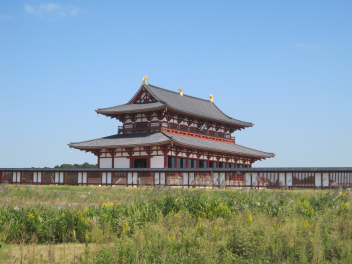
| Estimated travel time | 2hours~ |
|---|---|
| Genre | Historic site |
| Last entering time | 16:00 (The First Audience Hall, the museums etc.) |
Heijo-kyo was the capital of Japan from 710 to 784. It was modeled after the Chinese Tang capital, Chang’an. After the capital was transferred to Kyoto, the buildings were moved to the new capital and almost all the land was changed into paddy fields. Now this site is preserved as a special historic spot of Japan. The Suzakumon Gate and the Daigokuden Hall were restored recently. The site was designated as a UNESCO World Heritage Site in 1998.




